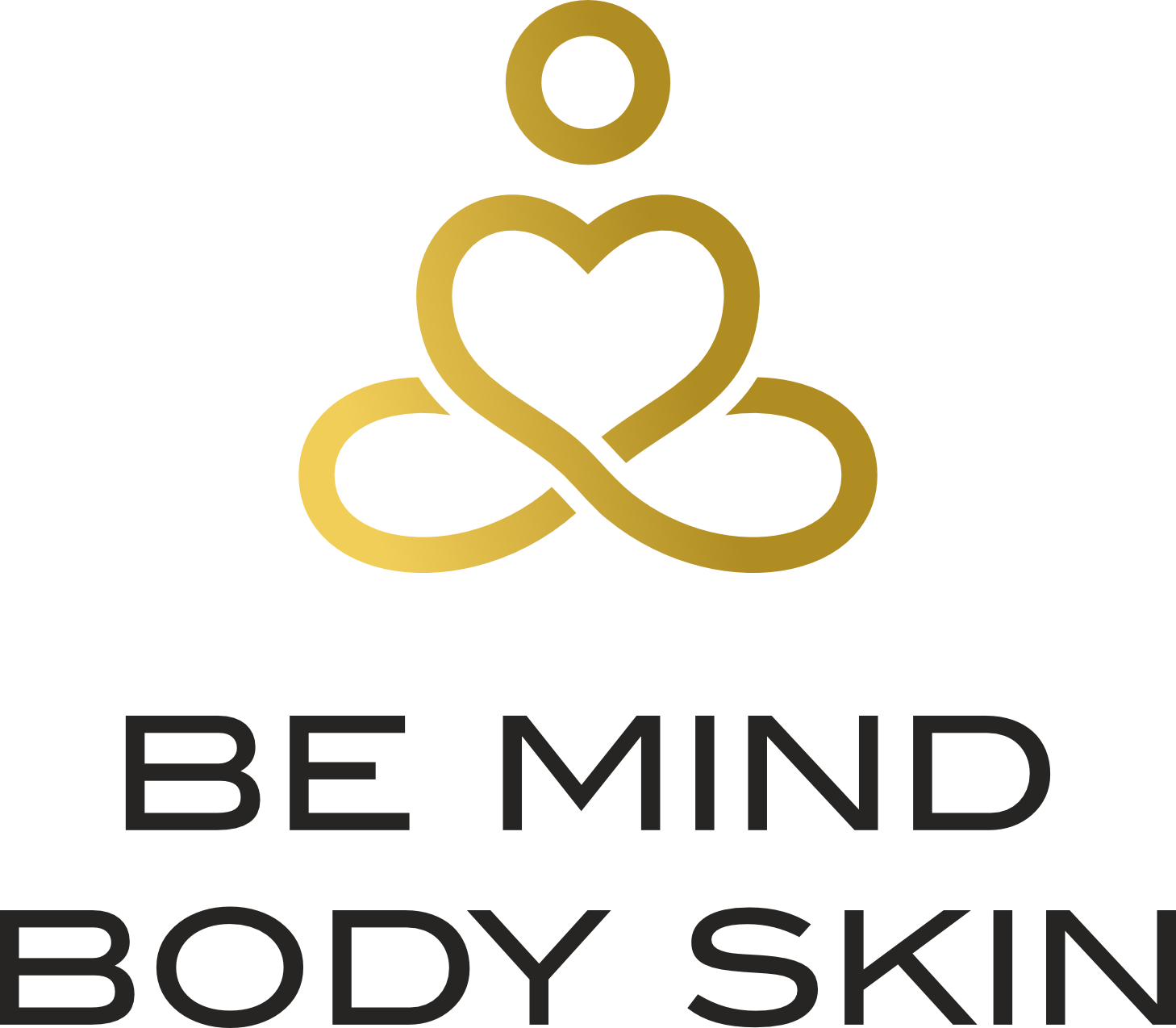Ease Migraine with Ayurveda
Most people experience a headache at some point of life regardless of age, gender or race. It is commonly a symptom of pain anywhere in the region of head or neck.
Ayurveda perspective on Migraines
Migraine is compared to ‘Suryavarta’ in Ayurveda classics. Surya is a Sanskrit word meaning sun, and Avarta means affliction or blockage. The name Suryavarta is due to the pattern of symptoms in Migraine. The disease or pain starts during sunrise, peaks during midday and gradually subsides by evening.
Typically, the symptoms can vary depending on Ayurveda body types or Prakruti of an individual.
Causes of Migraine as per Ayurveda
Suppression of natural urges
Indigestion
Intake of spicy & oily foods
Food intoxication
Stress
Sudden outbreak of emotions like anger, grief, jealousy etc.
Pathogenesis of Migraine
When a person gets exposed to the causative factors or Nidana sevana, Pitta obstructs the flow of Vata in the brain causing a throbbing type of pain. Since Pitta is dominant at noon, the headache will be at its peak in the midday hours in Suryavarta.
Symptoms include the following –
o Aura or visual disturbances like blind spot in front of eyes, dizziness, blurred vision, zig zag lines etc.
o Mild confusion
o Vomiting sensation or Nausea
o Pain over the eyebrows
o One sided or two-sided headaches
o Radiating pain to neck or shoulder
Treatment approach to Migraine in Ayurveda
Migraine can be successfully managed by proper diet, External Ayurveda treatment and internal medications.
External Therapies for Migraine
Shiro Lepa - Application of herbal pastes to pacify the aggravated Pitta – Sandalwood or Chandana, Jatamansi, Camphor etc.
Shiro Dhara - Pouring thin stream of liquids like Thaila or oil, Ksheera or medicated milk or Takra or medicated butter milk over the scalp. When the involvement of Vata is more thailas like kseerabala, chandanadi etc are used for Taila dhara. When there is more involvement of pitta medicated milk or ksheera dhara is done. When there is an obstruction of Vata due to Pitta, Takra dhara is done.
Shiro Vasti - In this procedure, medicated oils are retained in the scalp region with a help of leather cap. Vata-pitta pacifying oils are used for this purpose.
In addition to the external therapies mentioned above, Nasya or nasal instillation of medicines and Kavala or oil pulling can also be done to pacify the aggravated doshas.
Foods that can trigger Migraine
o Foods that aggravate Pitta and Kapha
o Dairy
o Chocolate
o Baked food items
o Peanuts
o Processed foods
o Spicy and salty food
o Fermented foods
Chocolate & Migraine
Foods (such as cheese, chocolate or wine) are thought to be one of the well-known reasons triggering of migraine attacks according to consistent reports from the patients. 1
Chocolate and coffee significantly triggered migraine and Tension type head aches in a study conducted a total of 684 patients with headache. Some neurologists say it is a migraine trigger because of the presence of amino acid tyramine in chocolate. But the connection could be that women tend to crave chocolate more during stress and hormonal changes, both of which also may trigger headaches.
Other facts to keep in Mind for reducing Migraine Symptoms
Eat at regular times of the day because Migraine sufferers often note that missing meals can trigger headache.
In addition to regular eat times, regular sleep schedules and exercise, are associated with less frequent migraines.
Episodic migraine patients should limit caffeine intake to one or two beverages daily because sudden removal of caffeine can result in withdrawal symptoms.
It is a great idea to have a food dairy to help identify what you ate before migraine attacks because some foods trigger a migraine attack right away.
An ideal diet to pacify the Migraine symptoms is as follows:
1. Half the plate should be whole grains because it has more fibers and vitamins. No white bread, pasta, or white rice in diet.
2. Other half of the plates should be fruits & vegetables. Include a variety of vegetables, preferably cooked.
3. Drink warm water throughout the day. A big NO to soda and other sugary drinks.
4. Limit sodium means reduce processed and frozen meals. It is always good to cook your food from scratch rather than ready to eat meals.
5. Go Vegan if possible. The practice of abstaining animal products is known as Veganism. Replace animal products with protein- and iron-rich plant alternatives, such as legumes. It is better to avoid nuts, but can include healthy seeds in diet like pumpkin seeds, sunflower seeds, flax seeds, chia seeds etc.
A significant relationship between headache and some food items including proteins, carbohydrates, fat, fruits and vegetables has been found out. More emphasis on the significance of correcting dietary patterns in order to prevent headache attacks and reduce the complications arising from drug consumption in migraine patients must be given. Including herbs like Indian licorice or Yashtimadhu, Indian goose berry or Amalaki and Aloe or Kumari can significantly reduce migraine symptoms.
Before practicing any diet therapy for disease, it is ideal to consult a physician.
References –
1. Tai, M. S., Yap, J. F., & Goh, C. B. (2018). Dietary trigger factors of migraine and tension-type headache in a South East Asian country. Journal of pain research, 11, 1255–1261. doi:10.2147/JPR.S158151
Read more on Anger Management
Get to know more about a personalized wellness plan with a BE Mind Body Skin Comprehensive consult - MindBody Consult


